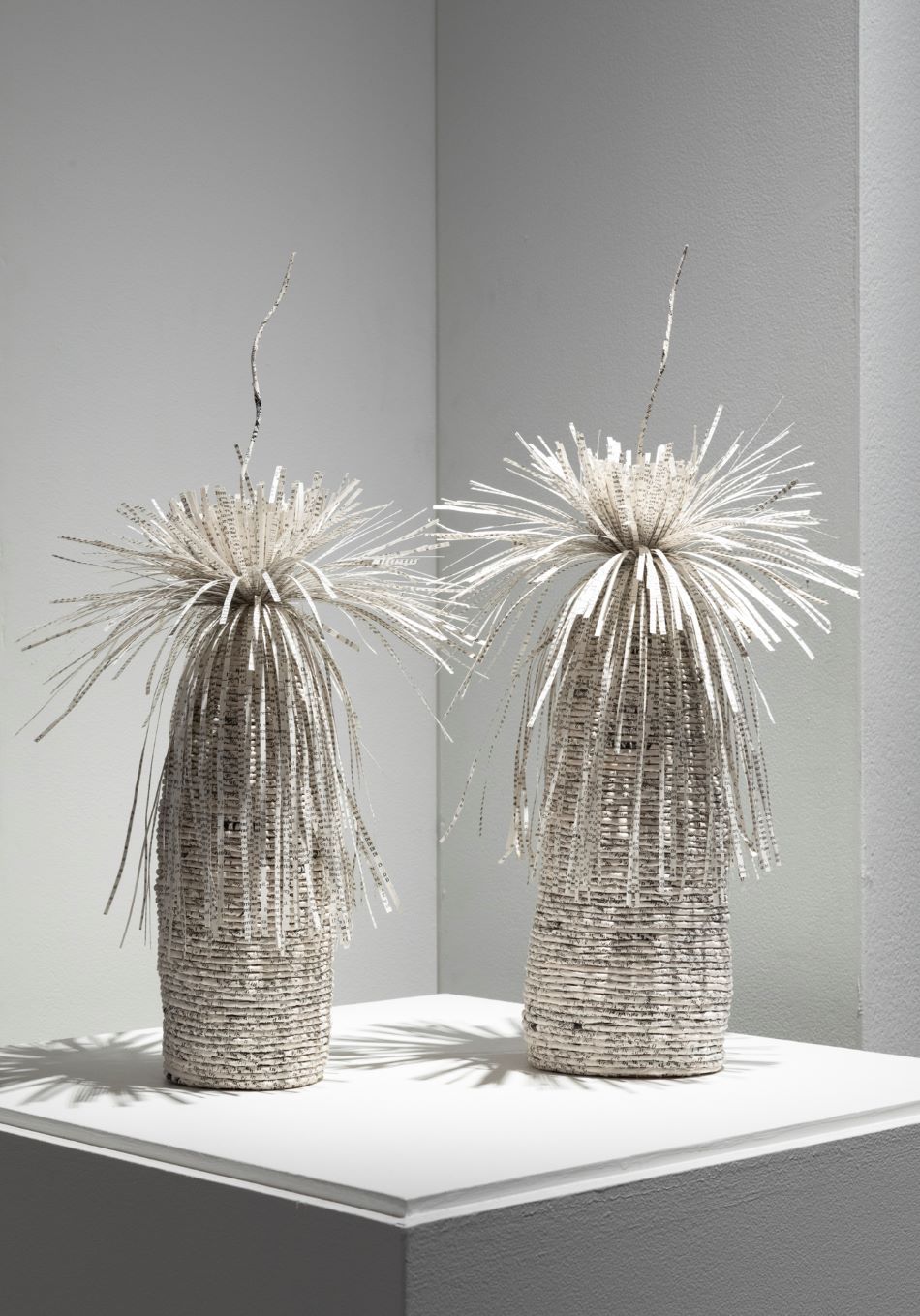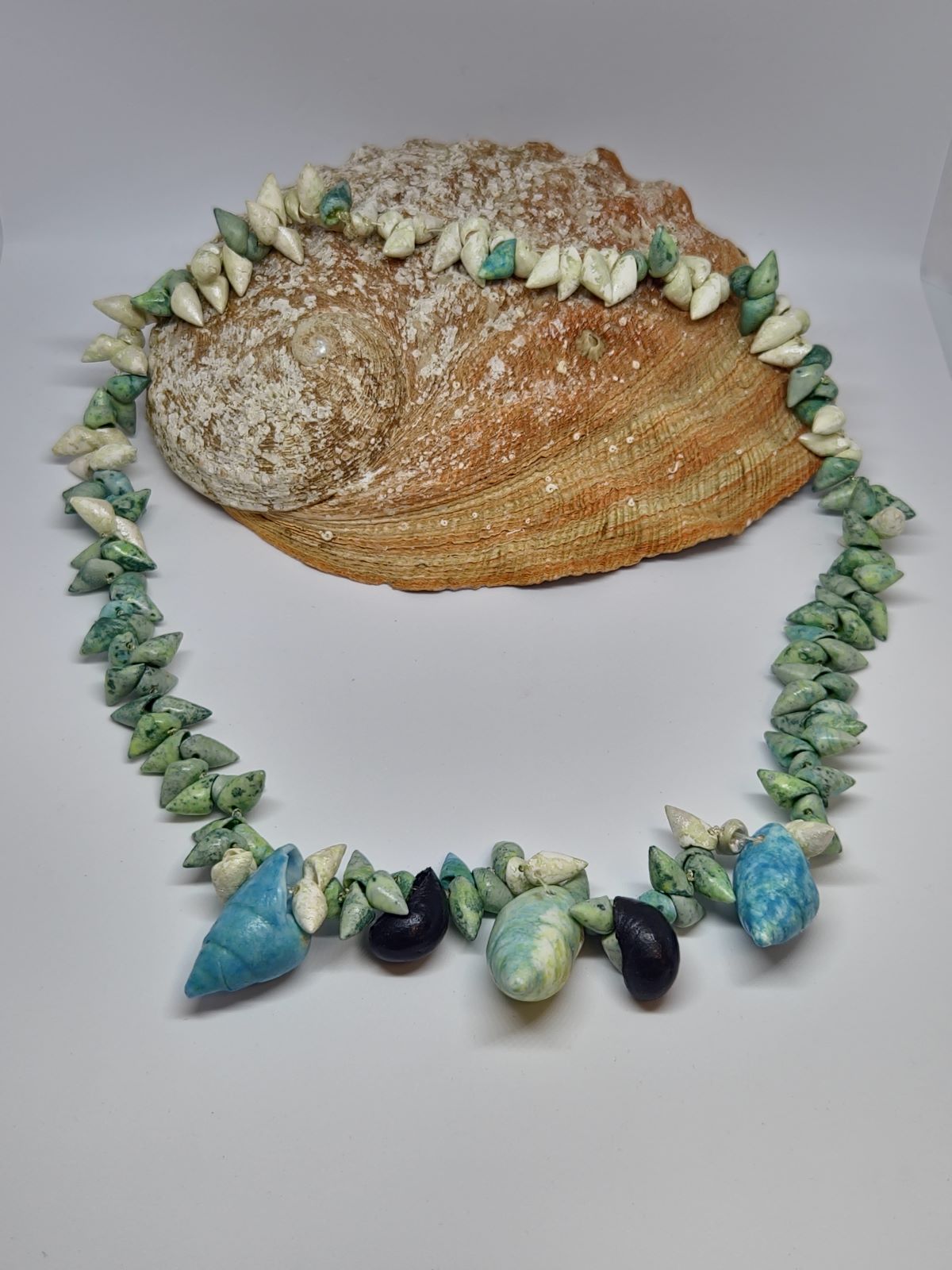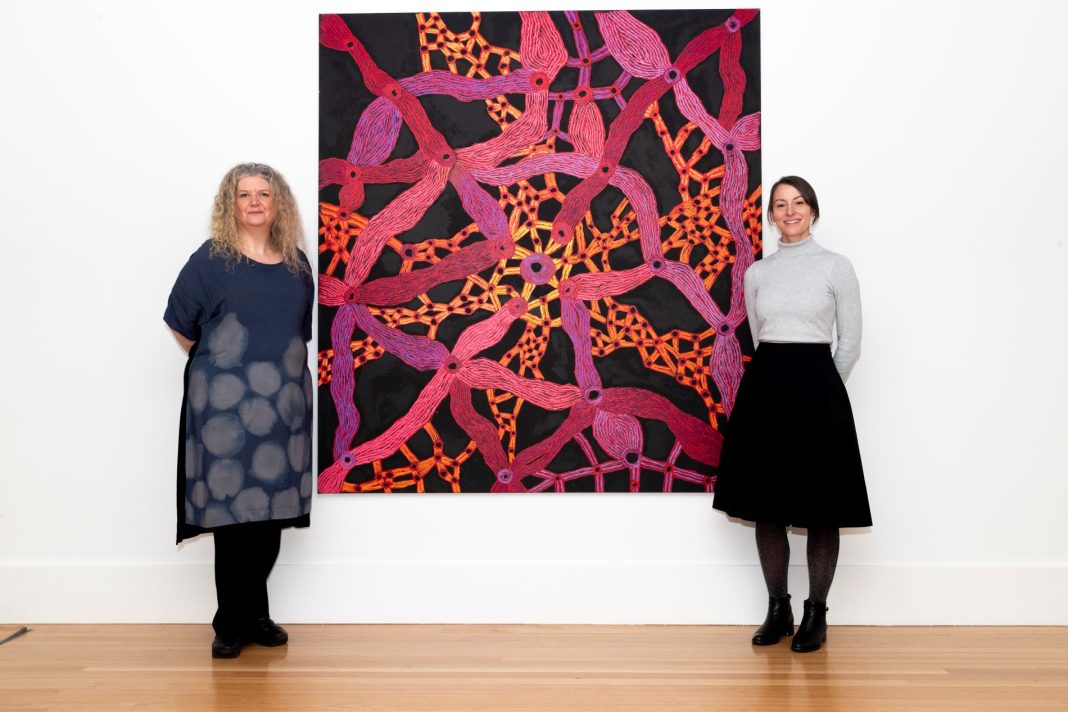Capturing those beautiful moments we are often told to appreciate in nature, creatives from around the country have submitted their science-inspired works for this year’s Waterhouse Natural Science Art Prize. Locals are invited to appreciate the intricacies of the finalists at the National Archives of Australia (NAA) until 27 October.
The only place the prize is shown outside of South Australia, the connection to Canberra has been strong since the prize’s inception over 20 years ago. Creatives from the Canberra region are often among the finalists and this year, the tie is even stronger with former Director of the Parliament House Art Collection, Justine van Mourik on the judging panel.
Now Deputy Director of Engagement at the South Australian Museum, Ms van Mourik and other experts in the fields of art and science were tasked with choosing winners from nearly 600 entrants. Judged on the scientific elements, aesthetics, and the story behind the work, it is no easy task to dwindle the numbers down to 25 finalists, let alone two winners.

First Nation artists heavily featured in the finalists this year; Ms van Mourik says many of the works were inspired by the APY lands (Anangu Pitjantjatjara Yankunytjatjara) in South Australia. Making history, this year also marks the first time that First Nation creators have won both major prizes.
Taking the title of the winner and the $30,000 prize money in the Open Prize was Jenna Lee, a Gulumerridjin (Larrakia), Waradaman and Karrajarri saltwater woman. Her work Grass Tree – Growing Together was created from reclaimed pages of old dictionaries of Aboriginal words and place names. Using every part of the books, she crafted sculptures of grass trees.
“She’s taken these old colonial texts, language compendiums where anthropologists would go around and collect Aboriginal people’s culture and then publish it in a book without any reference to people whose culture they were taking,” says Ms van Mourik. “She’s taken these books and deconstructed them and reconstructed them as a symbol of the resilience of Aboriginal culture, her culture and the reclaiming of that language.”
Another powerful work, winner of the Emerging Prize, Coming Together by Pakana artist Andrew Gall touched on climate change, a common concern through the pieces this year. Created with the modern method of 3D printing, Gall crafted a traditional kanalaritja shell necklace.

A PhD thesis project, Gall went through several different mediums before settling on porcelain, the kind used for dental crowns. As the traditional craft was women’s business, the artist couldn’t string them himself, so he got his mother in to help. He also called on older women to ensure the shells were appropriate replications.
“The shells used traditionally are disappearing because of climate change and ocean acidification, so there’s fewer and fewer materials to make those beautiful shell necklaces,” says Ms van Mourik It was important to him to find a material that not only replicated the look of the shells but the fragility of the shells, so if you would drop them, they would break as a shell would.”
Chairs made from mushrooms, bugs crafted from deer antlers and glass orbs telling the story of the world’s loneliest trees are just a few of the pieces on show, and for sale. The submissions have evolved over the years, explains Ms van Mourik. She says it is more than the literal interpretation of art and science like the scientific drawing of the early days.
“The work has taken on a completely different theme now. It is really about people’s concern for individual species, the biodiversity of their region or the preservation of cultural traditions.”
A favourite exhibition of the staff and members of NAA, acting director Brooke Anderson says the partnership is a real flagship for them. Expecting a large number of visitors over the course of the exhibition, she is certain there will be an item to everyone’s taste.
“I’ve looked around here a few times with different people and nobody has gravitated to the same piece, and I think that is what has been really wonderful. Because of the scientific, art, nature balance, some people might be a bit more geeky and some are interested in the things that are a bit more stunning but everyone’s got something that they can love,” says Ms Anderson.
Witness the beauty of nature in the Waterhouse Natural Science Art Prize at the National Archives of Australia until 27 October; naa.gov.au.
Canberra Daily would love to hear from you about a story idea in the Canberra and surrounding region. Click here to submit a news tip.



